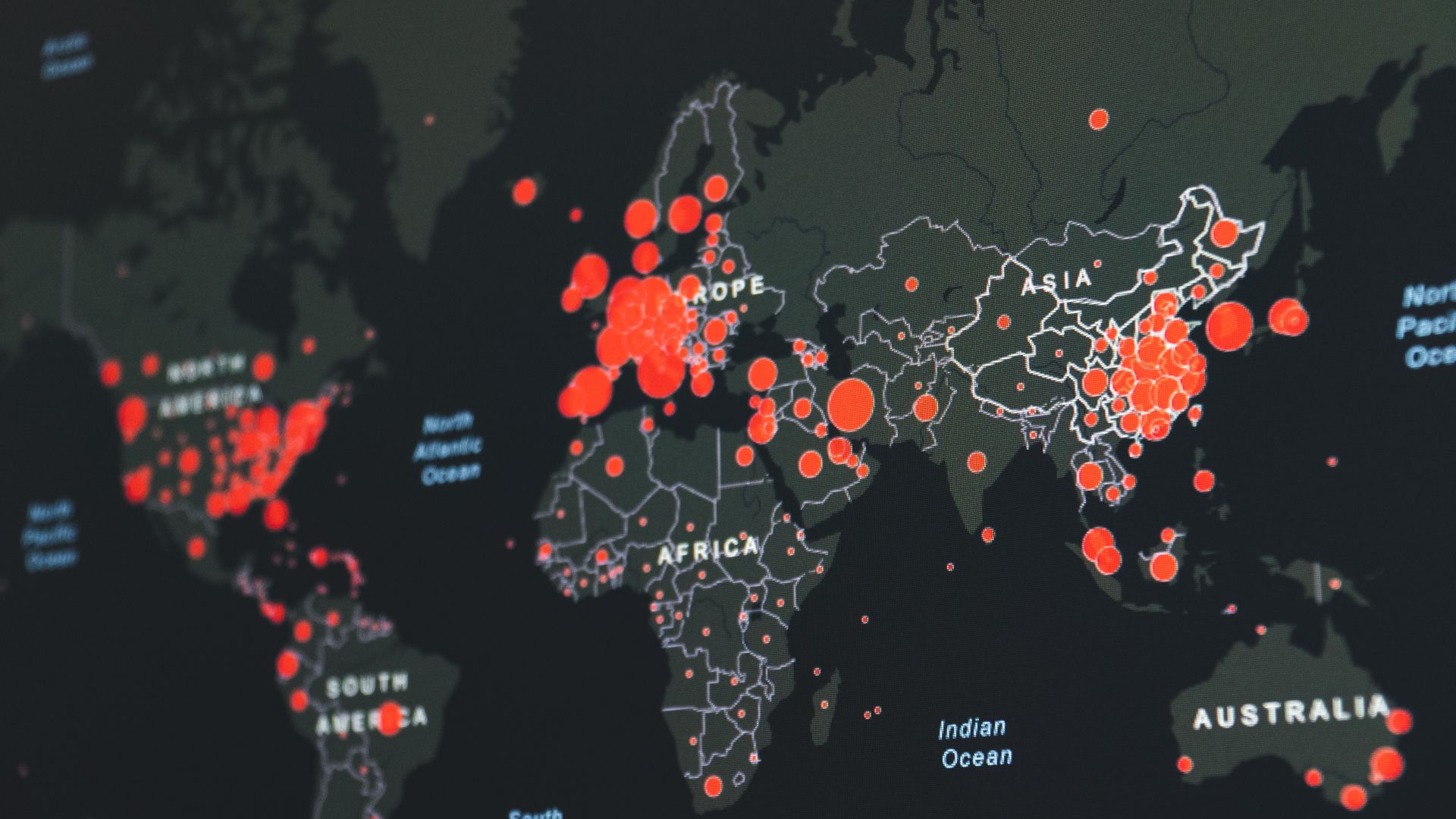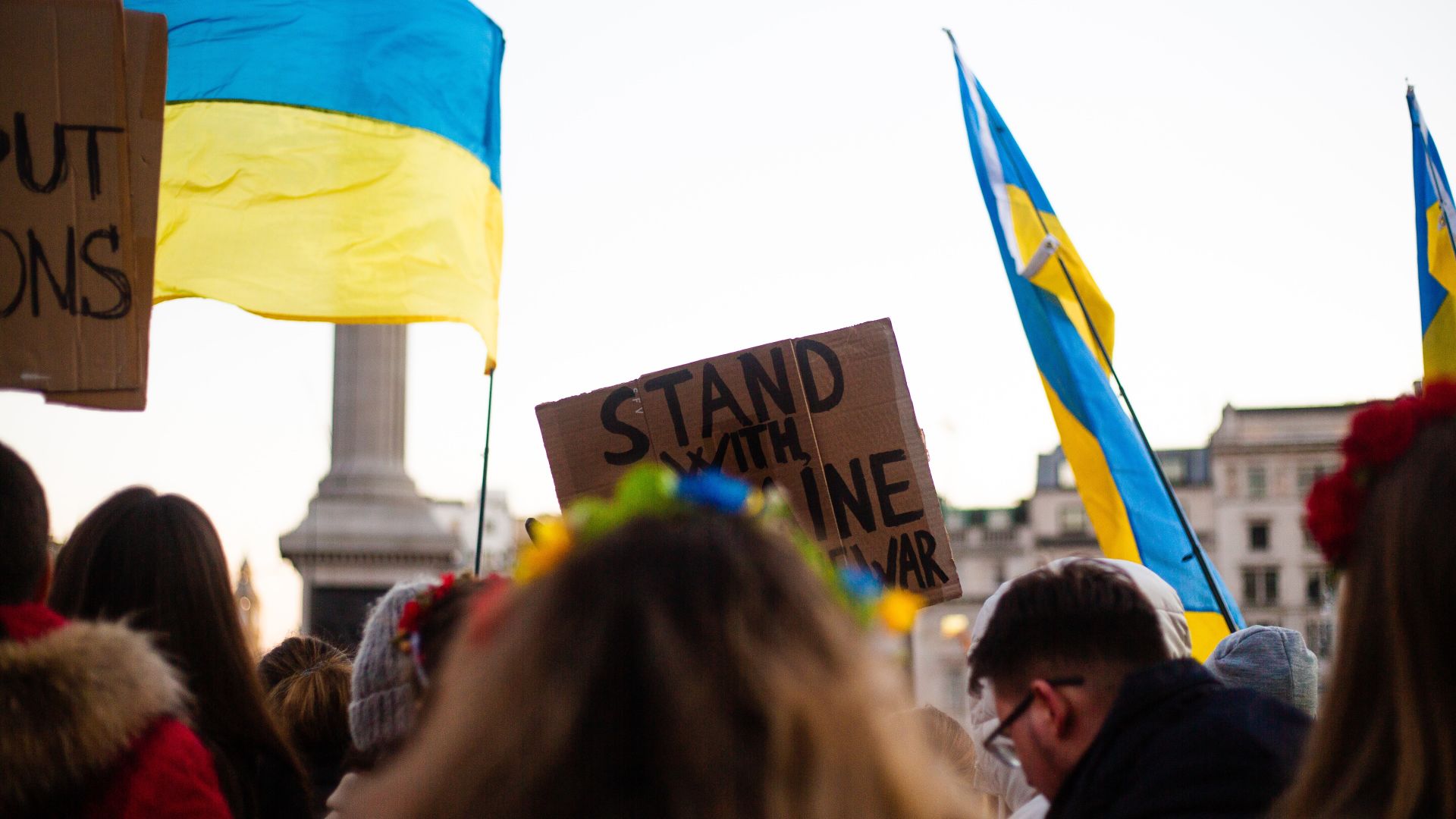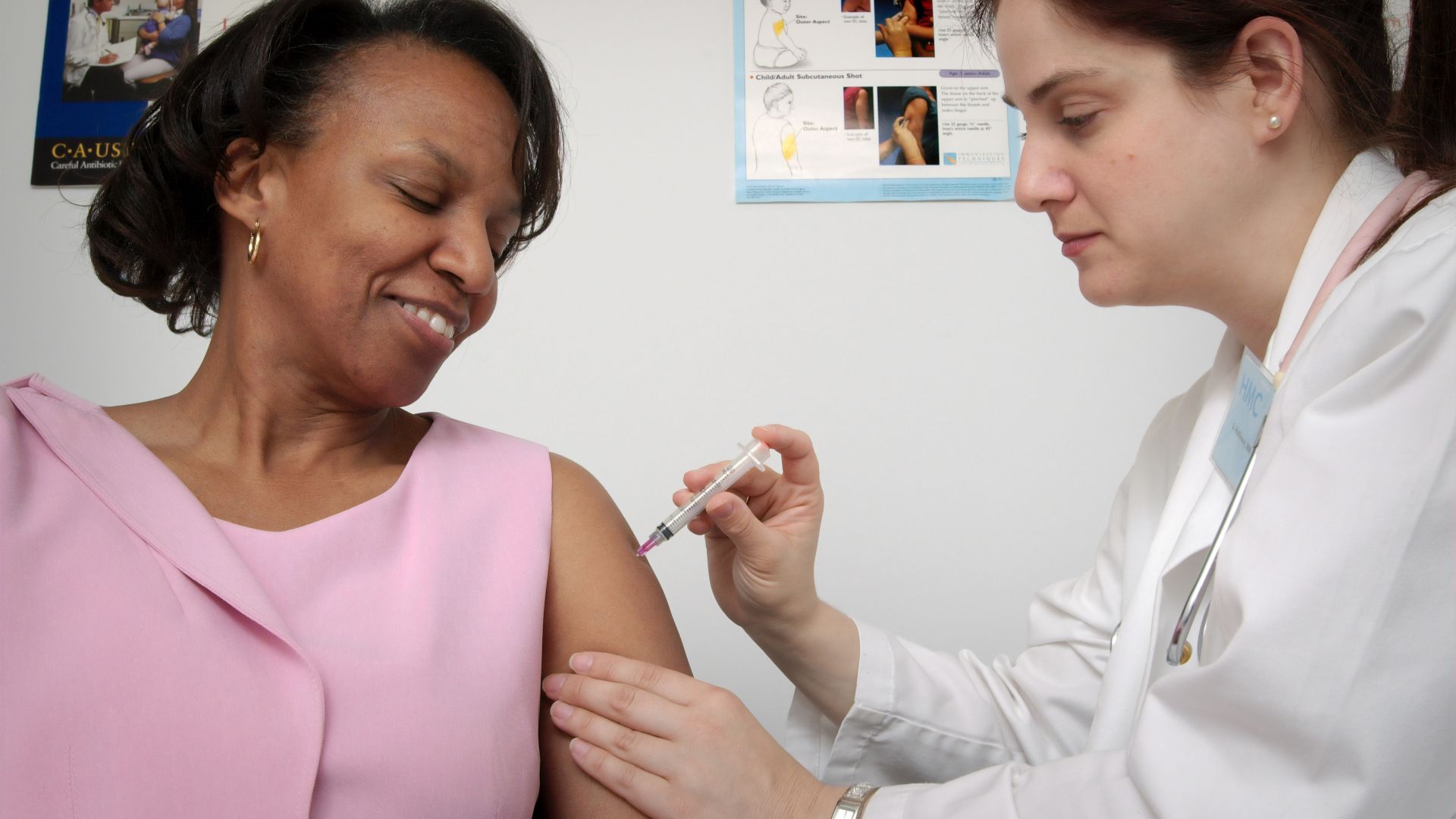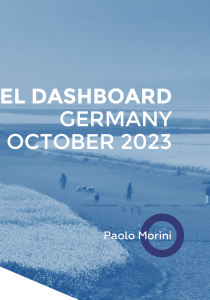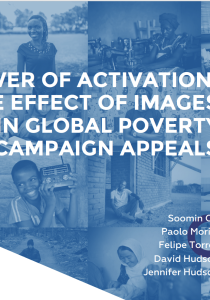
Do the British public feel like they can make a difference to global poverty?
Have feelings of being able to make a difference change over time and by engagement levels in Great Britain? Is there a relationship between perceived personal efficacy and engagement levels? To answer these questions, I looked at personal efficacy, defined as whether an individual believes he or she can make a difference in reducing poverty, in Great Britain from 2019 to 2023.
Of the five domains of efficacy, which also include perceived government, non-governmental organisations (NGOs), businesses and international organisations efficacy, perceived personal efficacy has historically been the lowest, averaging about 16% from 2019 to 2023 across France, Germany, Great Britain and the United States. Focusing on Great Britain, personal efficacy remains stable around 10%.
Where engagement levels determine whether someone feels efficacious, then it can be hypothesised that trends in personal efficacy for each segment will be stable across time.
To further understand the trends of personal efficacy, we looked at DEL’s audience segmentation to analyse whether personal efficacy is correlated with engagement. DEL segments the population based on whether people engage in 10 actions, ranging from negative engagement (acting in opposition to poverty reduction efforts) to financial engagement and ‘purposive’ engagement, which includes actions like donating or volunteering. Do different people in these groups feel more or less able to make a difference? From previous analysis, we found that engagement levels affect one’s likelihood to donate and their donation amounts. As donating is one of the 10 actions looked at for audience segmentation and given the strong relationship between willingness to donate and personal efficacy, this suggests that there could be a correlation between efficacy and engagement.
Perceived Personal Efficacy by DEL Audience Segmentation
In the figure below, engagement levels are in fact correlated with whether a person feels more or less able to make a difference. We see the highest levels of efficacy for the ‘Fully Engaged’ segment. This group is more likely to have done five or more of the 10 segmentation actions, including volunteering at an organisation or writing to an MP. Those in the ‘Totally Disengaged’ segment have the lowest levels of efficacy, with efficacy levels increasing as engagement levels increase.
One possible direction of this correlation could be that being more engaged has allowed respondents to have a stronger feeling that they have done something to possibly make a difference in reducing poverty. If this is so, where engagement levels determine whether someone feels efficacious, then it can be hypothesised that trends in personal efficacy for each segment will be stable across time.
Fig. 2: Perceived Personal Efficacy of Great Britain respondents from 2019 to 2023, by audience segmentation
Conducting a time series regression, we find that there is indeed relative stability over time within the engagement groups, reinforcing the theory that greater engagement with global poverty increases the feeling that one can make a difference. There are only two exceptions to this stability: a positive 3% increase per year in personal efficacy among the Negatively Engaged segment and a negative 0.3% fall in personal efficacy for the Totally Disengaged. For the Negatively Engaged, this positive trend could serve as more evidence of the relationship between efficacy and engagement. Those in these segments are taking actions to oppose global poverty efforts, which could be a result of feeling that they can make a difference: they take action because they think their actions can make a difference. On the other hand, levels of personal efficacy remain relatively stable for all positively engaged segments even with significant world events occurring within these four years. But why is it that only the positively engaged segments remain stable?
It is also interesting to note that although the group of Negatively Engaged respondents are becoming more efficacious at a faster rate than the fall of those Totally Disengaged, there are still no changes to overall personal efficacy levels in Great Britain. This is so even with relatively stable sizes of each segmentation group as shown below, meaning people are not necessarily ‘migrating’ from one engagement group to another at scale, although they still individually do move, especially at lower levels of engagement. The stable trend is likely to be due to insignificant changes and offsets by different groups during each time period itself.
Fig. 3: Stable proportions of each segmentation group in Great Britain.
Since changes in perceived personal efficacy do exist for two segments, something exogenous and unrelated to engagement levels is likely to be the culprit. Looking again at the Negatively Engaged segment, there is a significant 12% increase from Jan 2021 to Jun 2021 in perceived personal efficacy. This increase happens to occur after the first significant aid budget cut announced in the United Kingdom in April 2021, where the budget was cut by more than £4bn from 0.7% to 0.5% of national income. Just a reminder, this group of respondents are those who have done more to oppose efforts to reduce global poverty – perhaps a cut in aid budget, a sign of the government doing less for global poverty in line with their values, makes them feel as if now they may have a greater impact on global poverty.
On the other hand, the Totally Disengaged segment sees a long-term decreasing trend with no short-term trends in perceived personal efficacy. Why? One potential explanation is that 76% of respondents in this group believe the world is getting worse, with an expected 3% increase in pessimistic respondents every year. Given that they are totally disengaged, they are unlikely to be doing anything to curb these feelings of hopelessness, which may be driving a downward spiral of personal efficacy.
What have we learned about efficacy? There could possibly be an efficacy-engagement virtuous cycle, similar to DEL’s previous discovery of an ‘efficacy-donations virtuous cycle’. Those who are positively engaged in efforts to reduce global poverty tend to stay that way over time, and their feelings that they can make a difference are relatively stable. This suggests that engagement levels can drive personal efficacy: the more actions one takes in support of efforts to address global poverty, the more they are likely to believe they can make a difference. On the other hand, the increasing efficacy trend of the Negatively Engaged segment suggests that this mechanism could go the other way: their feelings of being able to make a difference drives them to take action and become negatively engaged. The causal relationship between efficacy and engagement levels is hard to determine and could work in either direction. Taking action to reduce global poverty is likely to increase efficacy, whilst efficacy could lead to action as well, possibly leading to a virtuous cycle.






